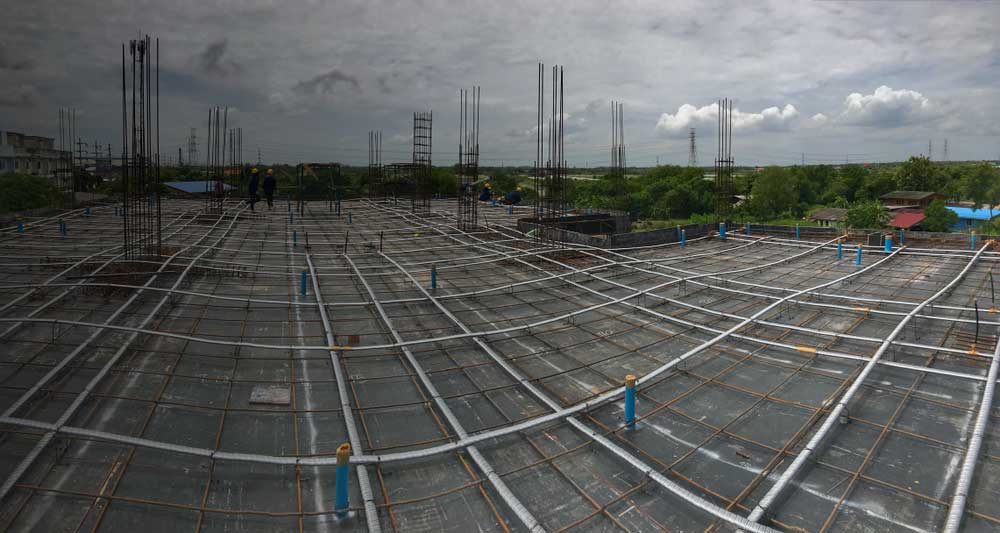Is GPR a safe testing technique?
Many people question whether there is any danger for the person using GPR equipment, and the answer is no. Although “ground penetrating radar” may sound like a hazardous technique, it is extremely safe and emits roughly 1% of the power of a cellular phone signal.
How does GPR equipment work?
GPR systems work by sending a tiny pulse of energy into a material via an antenna. An integrated computer records the strength and time required for the return of any reflected signals. Subsurface variations will create reflections that are picked up by the system and stored on digital media. These reflections are produced by a variety of material such as geological structure differences and man-made objects like pipes and wire.
What are the other terms that are synonymous with ground penetrating radar?
Ground Penetrating Radar is also known as GPR, Ground Probing Radar, Ground Radar, and Georadar.
Can I see non-metallic subsurface features with GPR?
GPR is extremely accurate when it comes to locating metallic and non-metallic objects. GPR systems work by sending a tiny pulse of energy into the ground from an antenna. An integrated computer records the strength and time required for the return of reflected signals. Any subsurface variations, metallic or non-metallic, will cause signals to bounce back. When this occurs, all detected items are revealed on the computer screen in real-time as the GPR equipment moves along. Users can even tell from the signal returned whether the feature in question is metallic or non-metallic.
How deep can GPR “see” to locate targets?
Depth of GPR penetration depends on the material being surveyed and also upon the antenna frequency being used. For instance, GPR will penetrate ice, rock, soil and asphalt differently due to each material’s unique electrical properties. Lower frequency antennas will generally penetrate deeper, but there is a loss in resolution with the drop in frequency.
Soil conditions can vary greatly, which in turn affects GPR penetration. In general, dry sandy soils with little salt content return excellent survey resolution, but heavy clay-based soils are difficult to penetrate with GPR. In some situations, penetration depth may be limited to a few feet or less within clays, whereas pipes residing in sandy soils could be detected at depths up to 30 feet.
Your GSSI Application Specialist can help you find the equipment that is right for your project and profession.
Can GPR be utilized through water?
Yes. GPR can be utilized through fresh water, but it does not operate where salt water is present.
Can GPR be used through ice?
Yes. GPR works extremely well through ice and snow. They are some of the most favorable conditions for GPR.
Can GPR be used to map cemeteries?
Yes. GPR is the best geophysical technique for forensic victim location and for the mapping of graves in cemeteries. While we can sometimes image the body directly, GPR responds well to the disturbances in the soil which are created when a pit is dug and refilled.
I saw something like this in the movie Jurassic Park and on TV shows like Crossing Jordan. Can GPR really show the skeleton?
No. That is a Hollywood adaptation of the technique. A grave will look like a large, upside-down “U” on the profile view and a rectangular shape in 3D planview.
Can I use my cell phone around the equipment?
Since GPR operates by transmitting and receiving electromagnetic (EM) energy over a very wide frequency band, cellular phones, two-way radios and pagers should be turned off as they also transmit EM energy and may interfere with a survey.& If you must have them on, it is better to keep these devices at least 10-20 feet away from the antenna.

